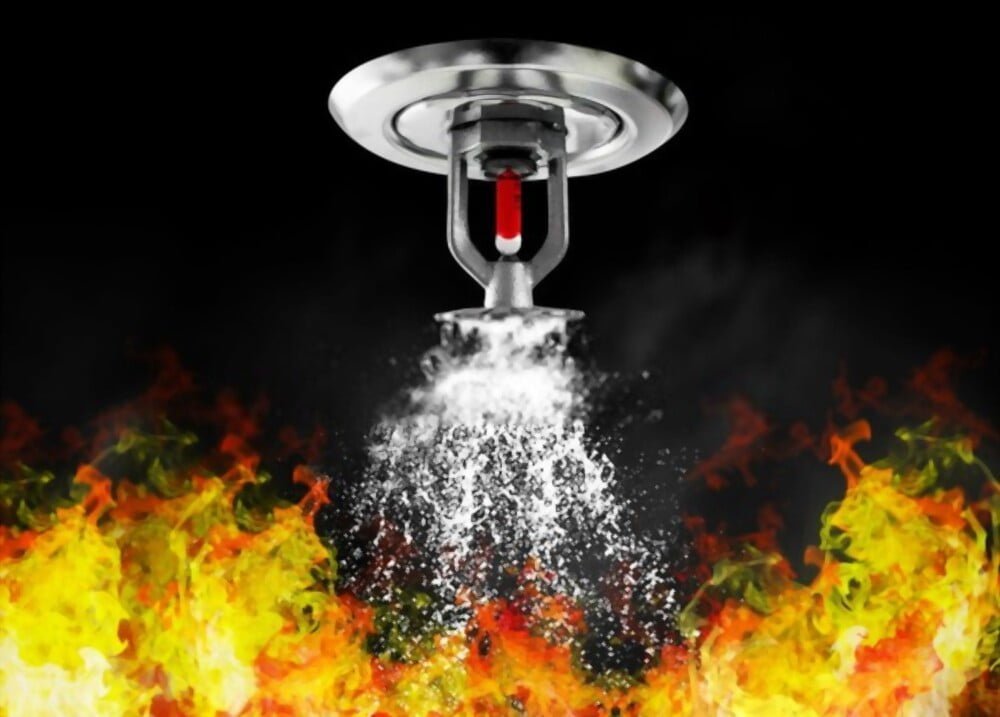
Choose the Ideal Supplier for Fire Sprinklers
Rayde Company specializes in supplying sprinklers for fire fighting of various types that hold certifications from internationally recognized testing laboratories approved by civil defense authorities. These Fire Sprinklers comply with the general safety requirements for buildings and facilities, aiming to meet customer needs and minimize fire losses as much as possible.
Automatic fire fighting sprinkler systems work to fight fires when the temperature rises due to fire or smoke in residential and commercial buildings. This is done using a firefighting sprinkler that pressurizes water through sprinkler heads to cover the fire area and reduce the severity through water distribution pipes.
Orange fire sprinklers operate at a temperature of 57 degrees Celsius.
Red fire sprinklers operate at a temperature of 68 degrees Celsius.
Yellow fire sprinklers operate at a temperature of 79 degrees Celsius.
Green fire sprinklers operate at a temperature of 93 degrees Celsius.
Blue sprinklers operate at a temperature of 141 degrees Celsius.
Dark blue fire sprinklers operate at a temperature of 182 degrees Celsius.
Black fire sprinklers operate at a temperature range of 54 to 260 degrees Celsius.
Orange fire sprinklers operate at a temperature of 57 degrees Celsius.
Red fire sprinklers operate at a temperature of 68 degrees Celsius.
Yellow fire sprinklers operate at a temperature of 79 degrees Celsius.
Green fire sprinklers operate at a temperature of 93 degrees Celsius.
Blue sprinklers operate at a temperature of 141 degrees Celsius.
Dark blue fire sprinklers operate at a temperature of 182 degrees Celsius.
Black fire sprinklers operate at a temperature range of 54 to 260 degrees Celsius.
We supply and install high-quality fire sprinklers that are installed in ceilings and side walls to automatically discharge water when the temperature rises, to control and suppress fires.
We provide fire sprinklers that have a 99% control rate and use less water than fire hoses. They also require minimal maintenance, resulting in lower costs.
Customer satisfaction is our priority. We strive to respond to all your inquiries and questions around the clock and in the shortest possible time to serve you and meet your requirements.
We offer fire safety sprinklers with suitable and diverse designs that fit the designs and decorations of all buildings, in line with the customer’s needs.
All our products comply with international specifications and standards, as well as the requirements of the Saudi Civil Defense. They are characterized by their density, thickness, and fire insulation.
Rayde for Fire Protection Engineering Consultations is a certified company by Civil Defense and several government entities. It works on finding integrated, effective, and innovative engineering solutions and establishing strategic partnerships for fire protection and prevention.
Approving civil defense plans Designing safety plans, issuing safety licenses, approved safety report, engineering consulting office, designing and approving a safety plan, issuing a technical report.